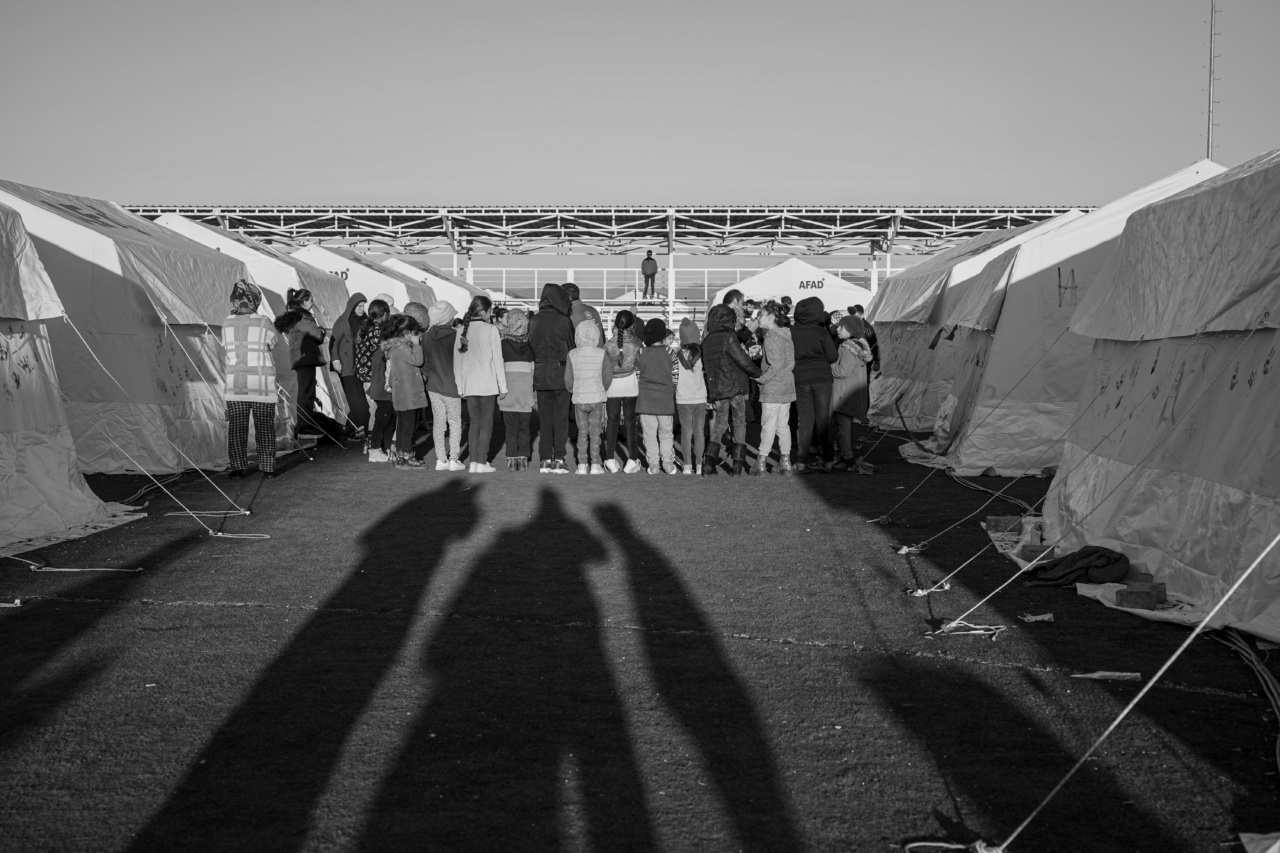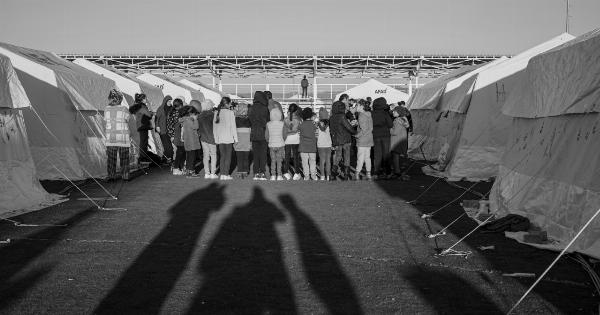Choking is a serious and potentially life-threatening condition. It occurs when an object blocks the airway and prevents normal breathing. In children, choking is especially common due to their small airways and tendency to put objects in their mouths.
Knowing how to respond to choking can save a child’s life. Here are the steps you should follow:.
Step 1: Assess the Situation
The first step in responding to choking is to assess the situation. If the child is coughing forcefully, do not interfere. Coughing is the body’s natural way of dislodging the object.
However, if the child is choking and cannot cough, speak, or breathe, act quickly.
Step 2: Perform Back Blows
If the child is conscious and choking, perform back blows. To do this, stand behind the child and lean them forward. Using the heel of your hand, give five firm blows between the shoulder blades. Check the child’s mouth for the object after each blow.
If the object remains, move on to step three.
Step 3: Perform Abdominal Thrusts
If back blows do not dislodge the object, perform abdominal thrusts. Stand or kneel behind the child and wrap your arms around their waist. Make a fist with one hand and place it between the child’s navel and ribcage.
Grasp your fist with the other hand and give five upward thrusts. Check the child’s mouth for the object after each thrust. Repeat back blows and abdominal thrusts until the object is dislodged or the child becomes unconscious.
Step 4: Call for Help
If the child is still choking, call for emergency medical help immediately. If you are alone with the child, perform back blows and abdominal thrusts for two minutes before calling for help.
If the child becomes unconscious, begin CPR and continue until emergency medical personnel arrive.
Preventing Choking
The best way to respond to choking is to prevent it from happening in the first place. Here are some steps you can take to prevent choking:.
- Keep small objects and toys out of reach of young children.
- Avoid giving young children hard or chewy foods like nuts, popcorn, and chewing gum.
- Teach children to chew their food thoroughly and to sit down while eating.
- Supervise children while they eat and play to ensure they do not put objects in their mouths.
Conclusion
Choking is a serious and potentially life-threatening condition. Knowing how to respond to choking can save a child’s life.
If a child is choking, assess the situation, perform back blows and abdominal thrusts, call for help, and continue until the object is dislodged or emergency medical personnel arrive. The best way to respond to choking is to prevent it from happening by keeping small objects and toys out of reach, avoiding hard or chewy foods, teaching children to chew their food thoroughly, and supervising them while they eat and play.































